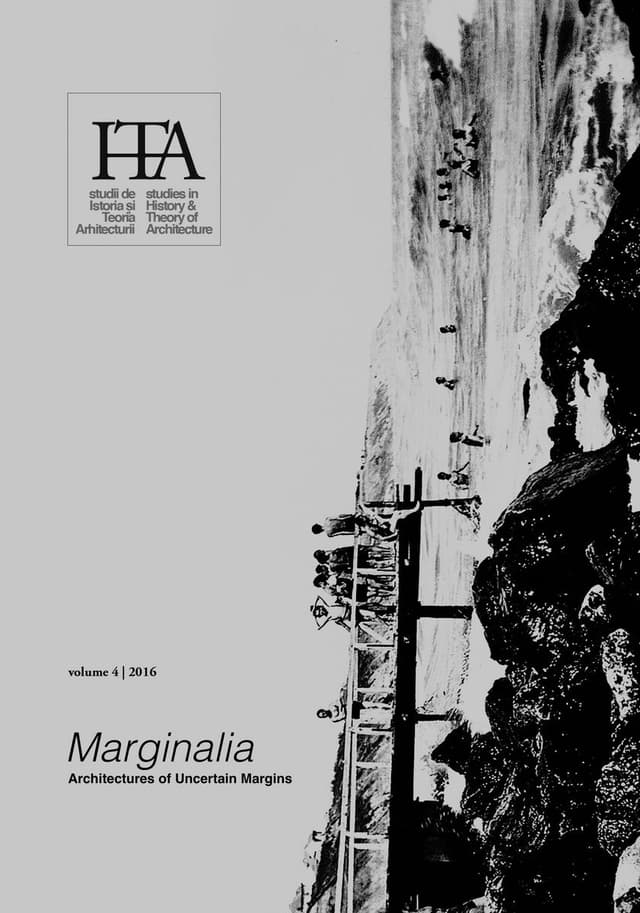Analogous Urbanism as DiscourseRobert Adam and Urban Space in Contemporary Split
Analogous Urbanism as Discourse
Robert Adam and Urban Space in Contemporary Split
by
Ivana Vlaić
&
Ana Šverko
Keywords
Robert Adam
Adelphi Terrace
analogous urbanism
William Chambers
Diocletian’s Palace
Mosećka Street in Split
Somerset House
Ivana Šverko
Through an analysis of the consonances between the architecture and urban design of the Late Antique Diocletian’s Palace in Split, and the architecture that drew upon it in neoclassical London (including the Adelphi Terrace of Robert Adam and Somerset House of Sir William Chambers), the Croatian urban planner Ivana Šverko developed a considered account of the role of urban space in underdeveloped and peripheral areas of contemporary Split. Šverko’s collected ideas are characteristically original, and distinct from the kind of research usually based in an analysis of architectural and urban planning typology. In this paper we follow, and endeavour to develop further, her distinctive approach.
Robert Adam (1728-1792) appropriated the architectural philosophy of Diocletian’s Palace that he had explored on the ‘peripheral’ shores of the Adriatic, and transposed many of its qualities into his British designs. In this paper, we apply his interpretation of this hybrid, adaptable building to urban landscapes on the periphery of Split. By pursuing Adam’s interpretation of the Palace, an architectural reading that stemmed from his five-week stay in Split during his European Grand Tour (1754-1758) and was published in the Ruins of the Palace of the Emperor Diocletian at Spalatro in Dalmatia (London, 1764), we identify an archetype of urban design that can be used in reflections upon the urban space of contemporary Split. This archetype will be elucidated in two specific environments on the edge of town, both of which were created during the second half of the twentieth century. One of these spaces was illegally built, unplanned, and self-organised; the other was built according to established principles of urban plan and design, but without any proper articulation of urban space in relation to its physical and functional urban contexts.
In this paper we test out our experience of the marginalised urban space within contemporary Split through two methodological approaches: the historical and the empirical. Our objective is to indicate opportunities for the identification and foregrounding of the hidden qualities of urban spaces created by runaway development (that is, spaces formulated without the benefit of architects or town planners) but as a result of the immediate needs of the inhabitants.
Published in

Chicago citation style
DOI:
10.54508/sITA.4.05